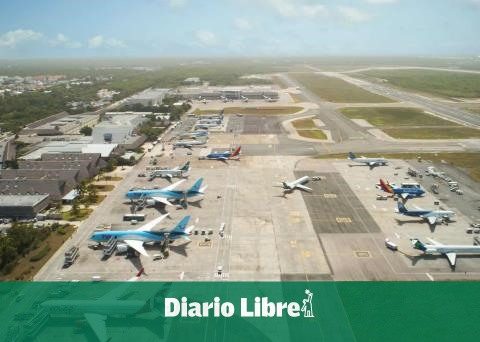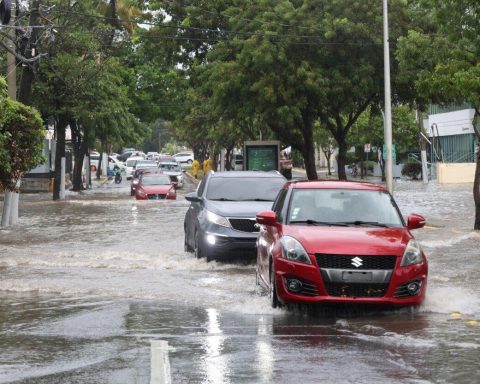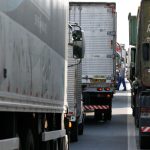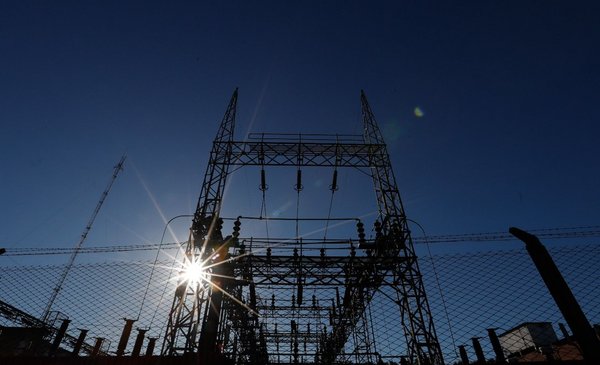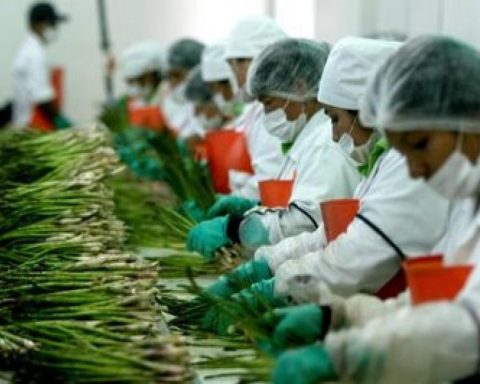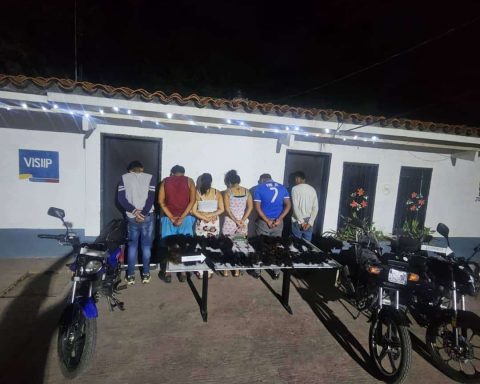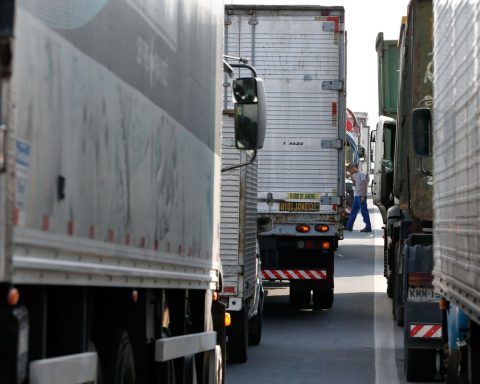The director of the Export and Investment Center of the Dominican Republic (ProDominicana), Biviana Riveiro, reported that the Coordination Council of the Special Border Development Zone (CCDF) has already registered some 100 applications from investors who intend to settle in the border area of the country.
Riveiro explained that the requests correspond to those received at the end of June and are in an evaluation process that will give way to the resumption of talks for the investment promotion and development strategy in the provinces included in the border development plan.
According to what is established by Law 12-21, which creates the Special Zone for Comprehensive Border Development of the country, the demarcations that make it up are Pedernales, Independencia, Elías Piña, Dajabón, Montecristi, Bahoruco and Santiago Rodríguez.
Riveiro specified that there is a mixed composition of companies that want to settle in the border area, from multinationals that want to expand to medium-sized companies that could survive with the special incentives that the government allocates.
To continue channeling new investment intentions, he explained that the government has been making investments in service infrastructure that “are essential for the installation process of new companies.”
In this sense, Riveiro explained that ProDominicana works on a series of special promotion programs for investments in this area that “has been characterized by less socioeconomic development, a situation that can improve if it promotes study and job opportunities.”
“In 10 years, barely 80 companies have been installed in provinces of the border area. With the zero bureaucracy steps and the border development strategy, we will overcome the statistics and increase investment in that area,” the official said in an interview with Free Journal.
He emphasized that there is enthusiasm on the part of multinationals and foreign companies to invest in the country. In addition, he commented that President Luis Abinader instructed investment promotion institutions to encourage the development of short- and medium-term projects that generate value in the border provinces.
challenges
To achieve the goal of raising border development, Riveiro identifies some factors that affect the process, such as identifying provincial production profiles to define the areas that can receive a certain investment.
For this, it considers it opportune to generate mechanisms to concentrate the talents of each productive area by demarcation in order to generate an attractive portfolio for investors who will require a trained workforce.
“Part of what we must continue working on for sectoral rearticulation in favor of channeling investment on the border is to prepare the communities so that they receive the investment and can guide their preparation efforts based on the areas that are going to be developed so that the impact economy is perceived directly,” he said.
He recognized that for years these demarcations have lacked public investment and personnel training processes, which has left an open gap for their talents to keep migrating to other areas and provinces.


